|
A single foodborne illness outbreak could cause a quick-service or fast-casual restaurant approximately $2 million in financial damage, according to a 2018 study from Johns Hopkins University. Your restaurant’s ability to deliver safety training and respond to threats quickly in an environment of escalating costs and shrinking training budgets can make a huge difference. Modern Restaurant Management suggests digitizing and automating your food safety audits to drive food safety consistency and quality, in addition to making reporting and compliance a less time-consuming process. For example, instead of having to remember to manage certain tasks during a busy shift, you can schedule alerts, surveys and checklists to go out at specific times of day to team members via a mobile app. Instead of recording results with paper and pen or on a spreadsheet, you can report them on a dashboard-based system that can automate food safety standards and reinforce them across multiple restaurant locations.
Improper cleaning and storage of your knives can cause these tools to become blunt and worn prematurely or cause injury. Chefify advises operators to wash, dry and store knives immediately after each use. Soaking them with other tools may result in damage if the knives knock against those items, prolonged soaking can corrode the blade’s chromium coating, and the heat of a dishwasher may wear out knife handles. When storing knives, avoid placing them in a drawer with other utensils where they may become blunt or cause injury. Use plastic blade guards if you store knives in drawers or, better yet, store them on a magnetic strip or in a wooden block (blade side facing down).
Restaurant work can be physically and emotionally grueling — but operators can take steps to make the environment a healthier one for staff. We Are Chefs offered some suggestions to set a positive tone. First, take charge of hydration: Have a water-drinking competition and award a point for each day a person reaches a set level, and replace energy drinks with body-friendly options like Emergen-C over iced soda water. Offer healthier options on your staff menu. Now that the weather is improving in many places, get staff outside, whether for just a quick stretch, to clean racks or to cook specials on a smoker. Challenge your team to walk or bike to work. Finally, keep your music and conversation upbeat and positive.
If your restaurant has a salad bar, buffet or other self-service food station, pay attention to temperature and cross-contamination risks. Hot foods should be at least 135˚F and cold foods should be 41˚F or cooler — and check those temperatures regularly. Statefoodsafety.com advises operators to clean and sanitize food thermometers between uses with other foods so germs or allergens don’t spread from one food to the next.
An apron can tell a story about a kitchen worker’s day, picking up traces of food but also dirt and bacteria. ServSafe advises you make sure your staff know to wear aprons when preparing food and removing them when they use the restroom or when they take out garbage. Have a convenient place to store aprons so your staff can access them easily between tasks.
…Make some changes in your kitchen. As warm weather approaches, your kitchen and staff need to be able to adapt to the heat. Even if you’re careful about keeping your food preparation area clean and avoiding cross-contamination, the simple act of sweating can cause rapid multiplication of bacteria that can contaminate food. Make sure your kitchen is well ventilated, and train kitchen workers to wash hands and change gloves frequently, and to not handle food unnecessarily.
It’s easy for a buffet to become a breeding ground for bacteria, and the foods that a guest might not question if left out for more than a couple of hours — rice, sliced fruit or cut greens, for example — could spread illness if not monitored carefully. These foods are considered Time/Temperature Control for Safety foods. Statefoodsafety.com says these foods, which are high in carbohydrates or protein, slightly acidic or neutral, or contain moisture, are especially susceptible to bacteria contamination. While there are some foods on the list that are easy to guess, like meat, seafood and dairy, make sure your kitchen staff are well aware of the others on the list that need to be monitored carefully and replaced regularly.
Anthony Bourdain’s death last year, along with a string of 12 suicides and substance-abuse related deaths among hospitality workers in Sacramento, served as a reminder of how restaurants can be fertile ground for mental health problems. The long hours, stressful pace and other extreme conditions can set the tone for unhealthy eating and sleeping habits that exacerbate mental health concerns. To help, a Civil Eats report that appeared in Eater said chef Patrick Mulvaney of Mulvaney B&L in Sacramento has partnered with Kaiser Permanente, VSP Global, WellSpace Health, the Steinberg Institute and the James Beard Foundation to develop a pilot program called “I Got Your Back.” The program, which has already launched in Mulvaney’s business, trains select workers to spot signs of mental distress at the restaurant. They wear a purple hand on their uniform and check in with other employees to offer support. Mulvaney has hosted workshops to connect with other operators looking to discuss mental health, and he is next looking to develop online resources to help workers in crisis find mental health professionals.
If you still use manual processes to track ingredients and recipes, be aware of how they can impact your operation’s food safety. For example, a team member who knows one version of a dish well may not know how a dish is altered to accommodate a food allergy if your processes aren’t automated. Restaurant Business advises you consider menu engineering technology to help automate these processes and keep your menu’s ingredient and nutritional information in step with modifications you need to make on the fly. For example, as you create dishes or adjust existing ones, technology can automatically update their allergens and nutritional values down to the ingredient level. It will help ease communication between your team and the guest, as well as give your chef time and freedom to focus on enhancing the menu.
Having a food inspector visit can be an opportunity — not merely a necessary interruption in the midst of a busy shift. How you prepare for the inspection and implement action steps afterwards is critical. There is power in seeking outside input. The Caterer suggests hiring a food safety consultant who can design a food safety management system tailored to your business. You can also seek out foodservice businesses with strong records and ask to visit their facilities — they may help you identify ways to make improvements. Finally, partner with your health inspector and proactively ask questions between inspections. Investing the time and — in the case of hiring a consultant — money in soliciting feedback is less costly than doing damage control after a food safety violation or illness outbreak.
|
subscribe to our newsletterArchives
July 2024
Categories
All
|
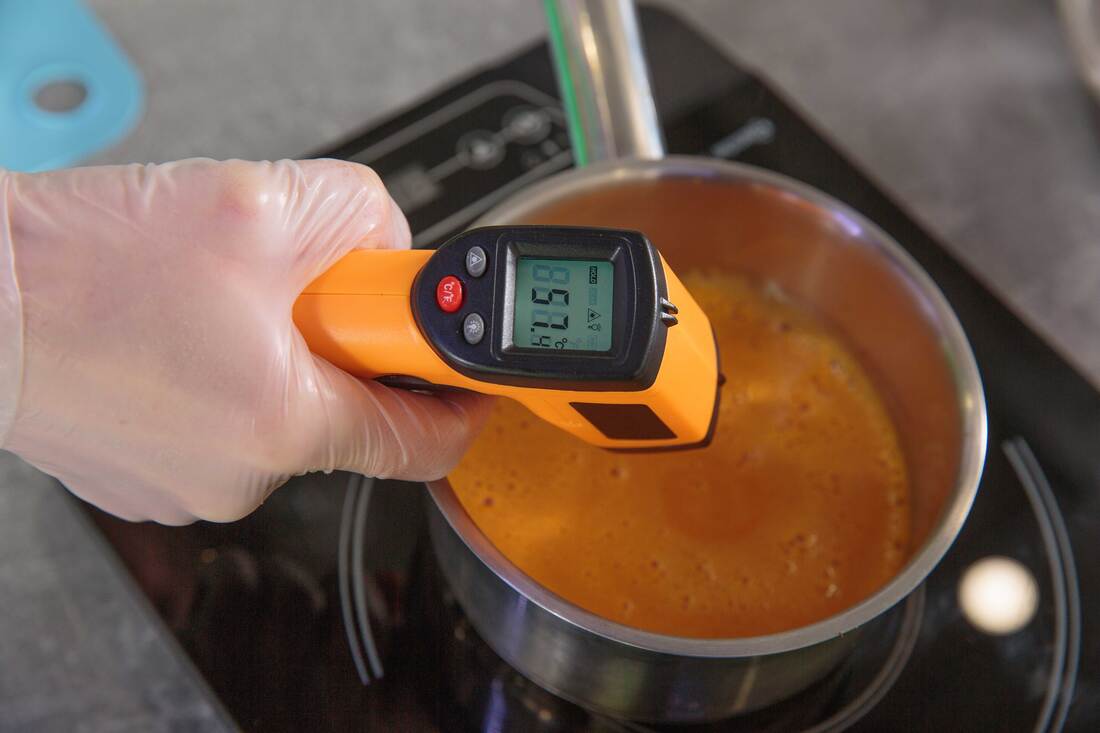
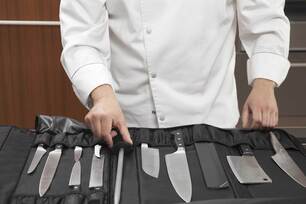
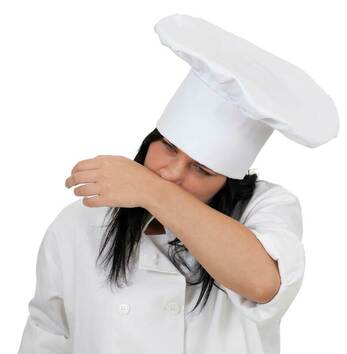
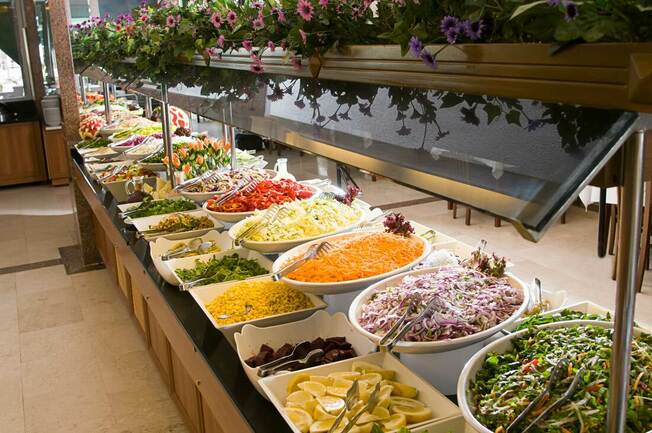

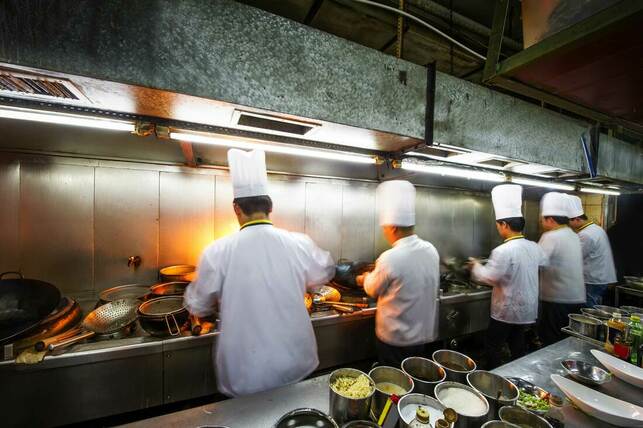
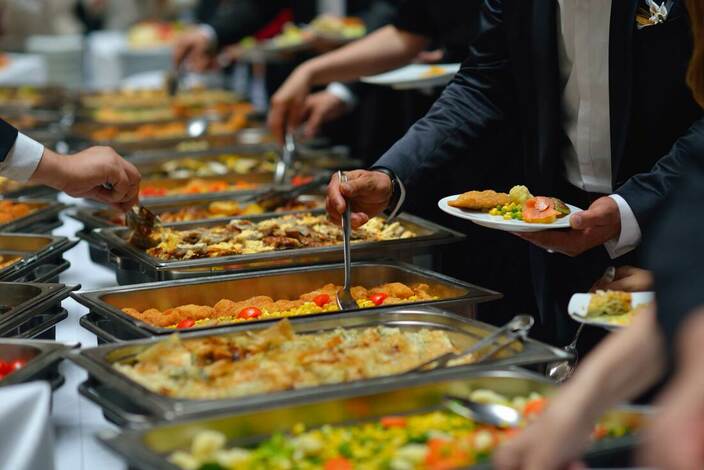





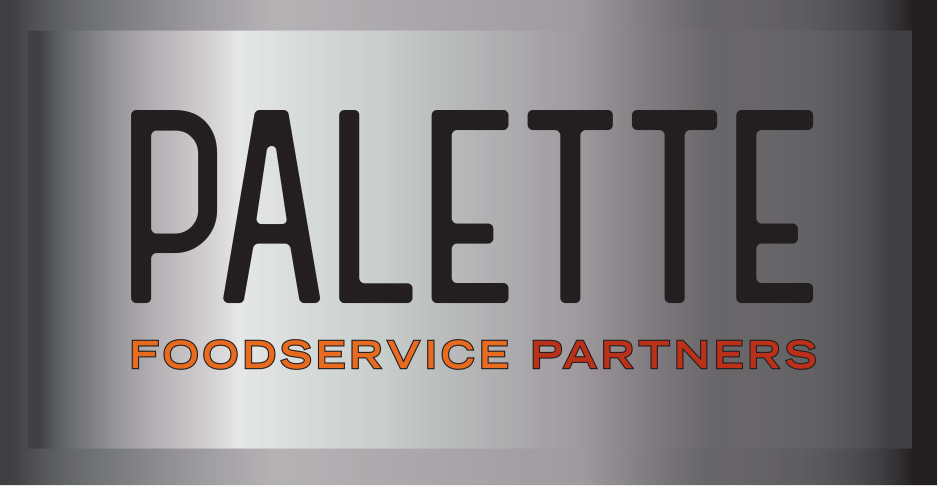
 RSS Feed
RSS Feed